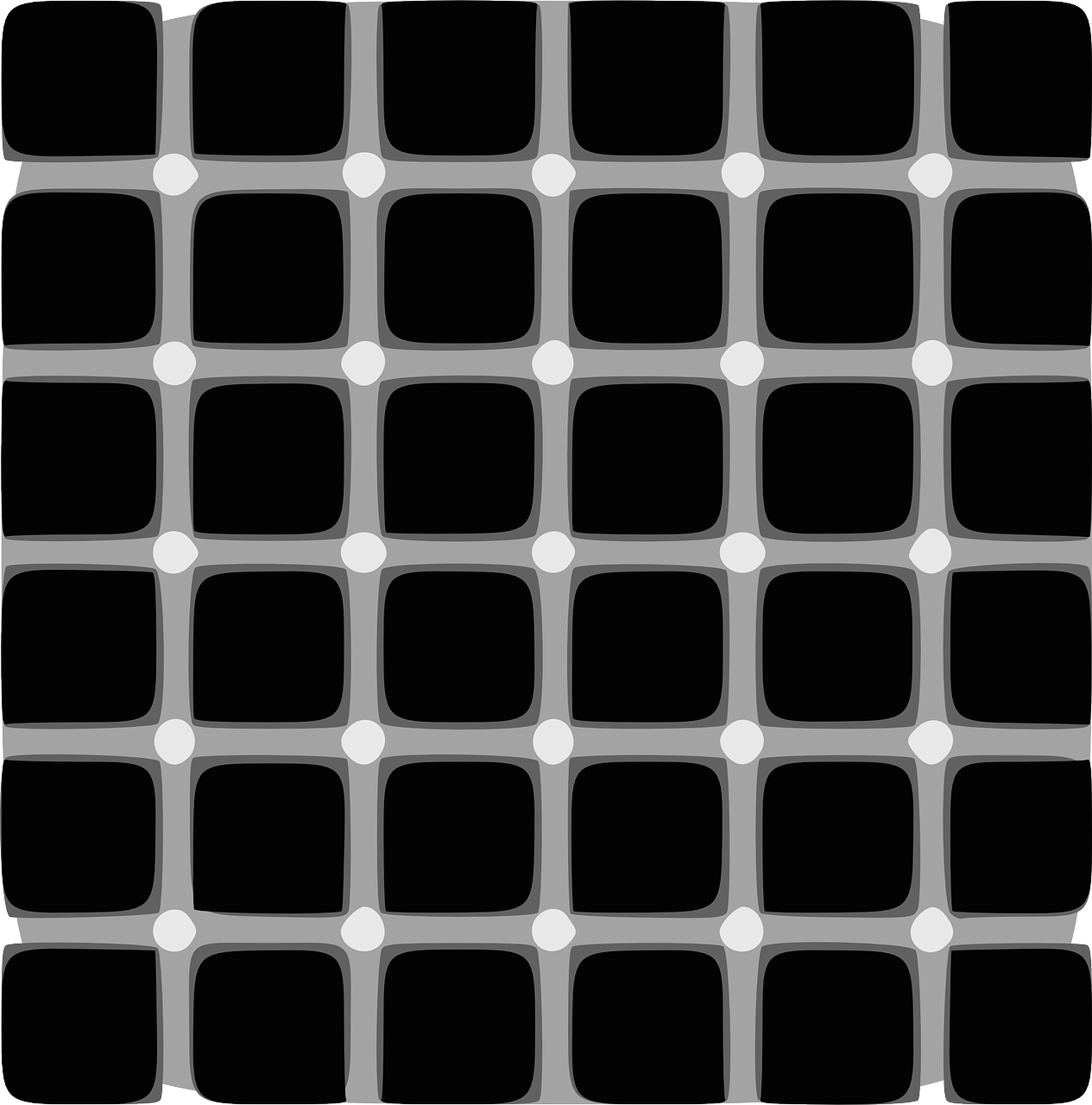Hi, everyone! I know I haven’t been posting for months ago, now I’m back and it all about to change.
Well, We often see objects that make us fooled, not by our eyes but our own brains. Because the brain accesses information with a persistent way, for example, the visual illusion that trigger ambiguous perception, the brain still will processes in the same way that how it process to other clear image . So we see something that it doesn’t look like it.
Visual illusion
To understand how the brain constructs reality is by visual illusion. Artists and fashion designers are already using this illusion to trick the brain into thinking that a shirt with a 3D vertical line will make the plus size body look slimmer.
what we see is actually the result of our brain's construction that happen in the head. Please look the moving image below, although not really moving, but our brains feel the sensation of moving so that it will be perceived motion
These picture prove that the perception of reality is the result of the creation of the brain.
although nothing actually move, it's seemed spinning. How does the brain feel the motion of a picture that nothing actually move.
In the picture above we see moving black dots ,although there is no black dot motion at all.
both the perceptions and the reality are coalesced in visual illusion, mean that the brain can fail to recreate the physical world. Then how can the pictures above can give a double perception?
Perception and the working of inner the brain
All access to the outside world that we receive through sensory organ but the perception is not taking place in the eye, as all images entering through sensory organs will be processed and translated further in the brain. Of course our perception has less to do with what’s happening out there, but more what’s happening inside our brain.
An object produces energy and create electrochemichal signal in back of retina, as picture shown above. The eye collects light waves in one area and converts them into impulses, which we know as stimuli. From here then the response or sensation to the received stimulus will be processed, whether the object is a color, shape, light or certain patterns. But have not produced conclusions as an information. That all happen inside the brain till an object can be perceived as clear information.
The photoreceptors capture image visual and that the horizontal and bipolar cells modify passes to another group of neurons, so another set of lateral interactions by amacrine cells, occurs
In the output of the retina. The information from the eye is finally on board and ready for the ride to the brain. The ganglion cells send their axons to retinal recipient zones in the brain. Why so many receiving zones, and exactly what kind of information does each tell the brain.
So when our brain tries to interpret any images or objects that are answered, the reaction of a small number of neurons. jump to higher activity levels while other neurons continue to slow down and change their pattern of activity even more by synchronizing or synchronizing other neurons.
Perception is the process of recognizing the objects we see with the eye.T hen why the perception of the image above is still an ambiguous object?
the first picture above is a stimulus that gives a double sensation. The brain overwhelme to translates the contrasting dot spots that cause distortion effects. In the second picture, stimulus form creates the annoying patterns in the brain. Patterns of images that line follow each other So that the brain captures the same color in different ways and assumes motion
Conclusion
although the brain has no access to the world outside, there are hundred billion neurons inside it that send each other in every second of our life just to process information of an picture. The brain make decisions every day of our life, lead our experience of the world outside. how to interpret an object we see. then it perception happen.That's where the decisions underlie our actions to perceive. The awesome Fast running cell in a brain-wide that is just for the excess an object that has multi perceptions on the skull every time of life. And also The visual context can change our perception of an object, because our sensory does have limitations.
source :
brilio ilusi-optik
wikipedia optical illusion
Eagleman, David. 2015. The brain the story of you. Edinburgh: www.canongate.tv
Amthor, Frank. 2012. Neuroscience for dummies .Mississauga: John Wiley & Sons Canada, Ltd.
)

